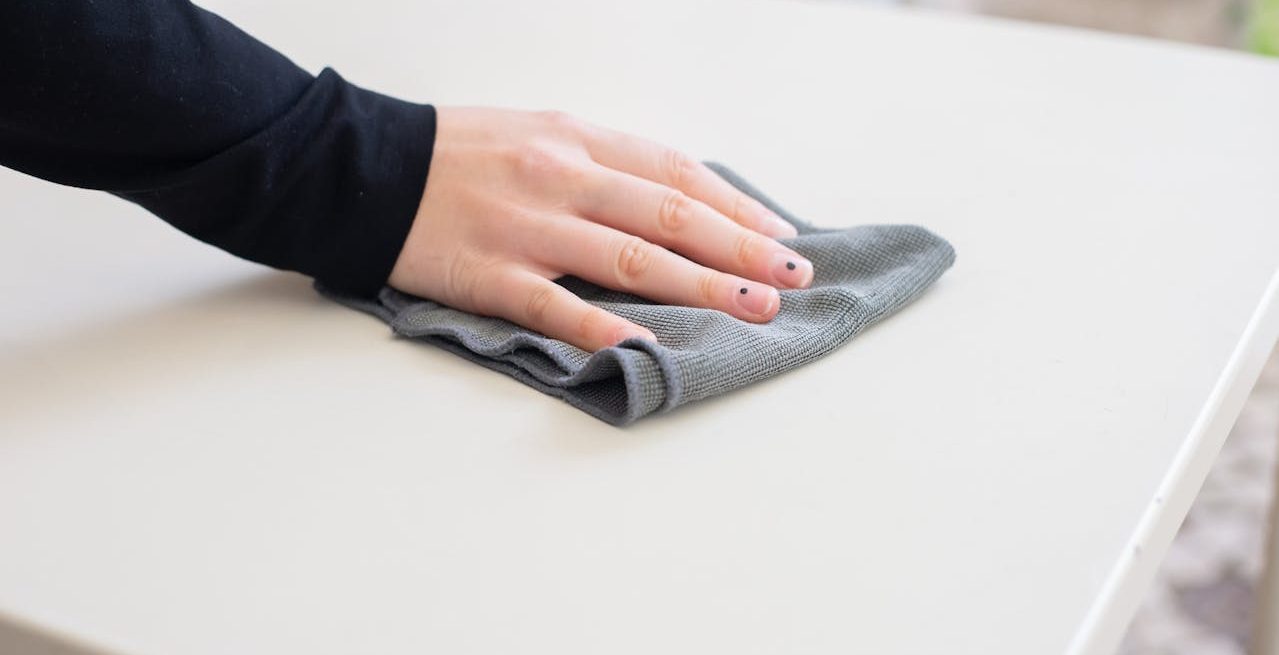What Are the Germiest Surface Areas In Your Restaurant? (Infographic)
2 Min Read By Fog Tank®
The restaurant industry is a hotbed for bacteria, with the potential for contamination lurking around every corner. From the moment a customer steps through the door to the time they leave, they are exposed to a myriad of germs. While stringent cleaning protocols are in place, the constant flow of patrons presents a unique challenge for maintaining a sanitary environment.
High-Touch Havens for Germs
Menus, tables, chairs, and toilets are among the most frequently touched surfaces in a restaurant, making them prime breeding grounds for bacteria. Studies have shown that menus can harbor hundreds of thousands of bacteria, while toilets are teeming with millions. The shared nature of these surfaces increases the risk of cross-contamination, emphasizing the importance of regular and thorough cleaning.
Hidden Dangers
Beyond the obvious culprits, there are hidden areas within your restaurant that can harbor bacteria. Ice machines, often perceived as clean and refreshing, are hotbeds for microbial growth. Regular cleaning and maintenance of ice machines, including the use of sanitizing technology, are crucial for preventing contamination. Condiment containers, such as salt and pepper shakers, are another overlooked area. These frequently handled items can harbor a variety of bacteria, including fecal coliform. Implementing regular cleaning procedures and using disinfectant wipes between customers can help minimize the risk of contamination.
Combatting Contamination
To effectively combat the spread of germs, restaurants must implement rigorous cleaning and sanitation procedures. This includes frequent cleaning of high-touch surfaces (as mentioned earlier), using effective disinfectants, and training staff on proper hygiene practices. Investing in restaurant equipment cleaning solutions can also help to streamline the cleaning process and ensure that equipment is thoroughly sanitized.
By prioritizing cleanliness and implementing proactive measures, restaurants can significantly reduce the risk of foodborne illness and create a safer environment for both customers and employees. The resource that follows provides a visual representation of the germiest surfaces in a restaurant, along with practical tips for minimizing contamination.


